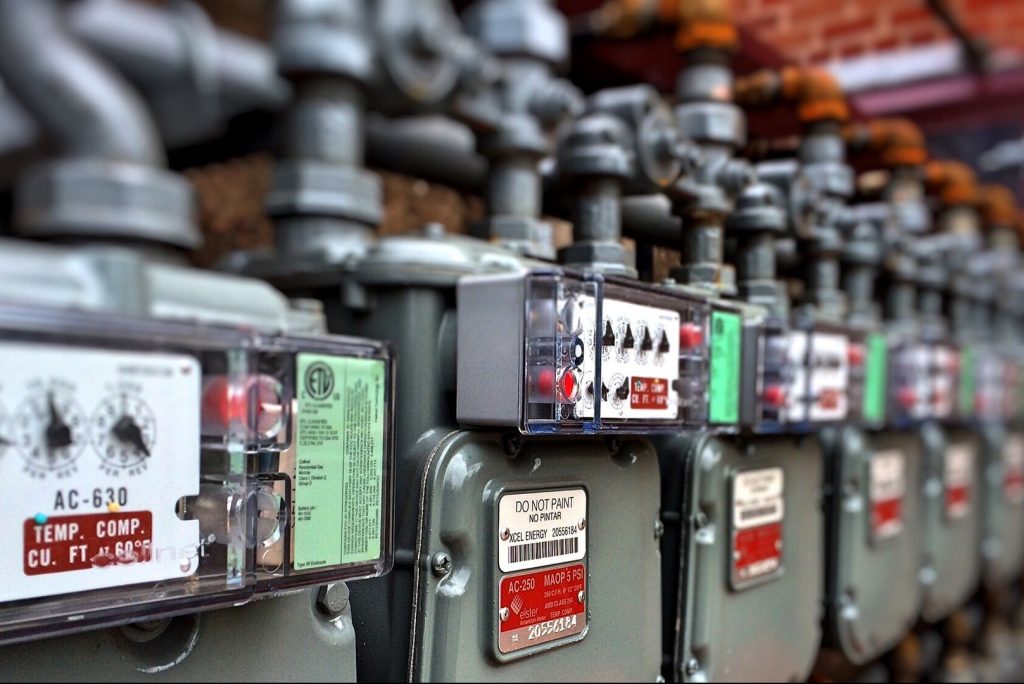- Client: EC - DG Energy
- Implementation period: October, 2017 - September, 2018 (Completed)
- Geographic coverage: European Union
- Theme: Energy
- Topic: Energy Markets
- Experts: Koen Rademaekers, Matthew Smith, Jessica Yearwood Travezán, Joris Moerenhout, João Gorenstein Dedecca
How did energy prices, costs and subsidies develop over the last decade in the EU and G20 countries?
This was the main question to answer in the flagship study which Trinomics led for DG Energy on Energy prices, costs and subsidies and their impact on industry and households. Together with our partners Cambridge Econometrics and Enerdata, we show the key developments on the European energy markets between 2008 and 2018. This study will serve as direct input for the European Commission to shape future European energy policies. The project involved extensive stakeholder consultation and high-level quantitative and qualitative research including a decomposition and econometric analysis.

Some of the key findings are:
- EU wholesale prices for electricity and natural gas are often close to G20 averages. Retail prices for industrial and (especially) household consumers were, however, typically much higher than the G20 averages, mainly driven by taxes and levies.
- In most industrial sectors, the energy costs as a share of total costs has declined.
- The value of energy-related subsidies in the EU has increased to €168 billion (from €150 billion in 2008). Most subsidies were for energy production and consumption and include a large increase in subsidies to renewable energy. However, fossil fuel subsidies remain significant and have also increased since 2008. In most cases, the cost of subsidies has been financed by end-users, the majority of whom experienced net cost increases in energy prices.
- The impact of price regulation on consumers is mixed. Regulated markets appear to have higher risks of tariff deficits but no clear evidence of less energy poverty or lower energy expenditures were found. De-regulated markets were found to have higher choice and consumer satisfaction but also higher mark-ups and retail and supply costs.